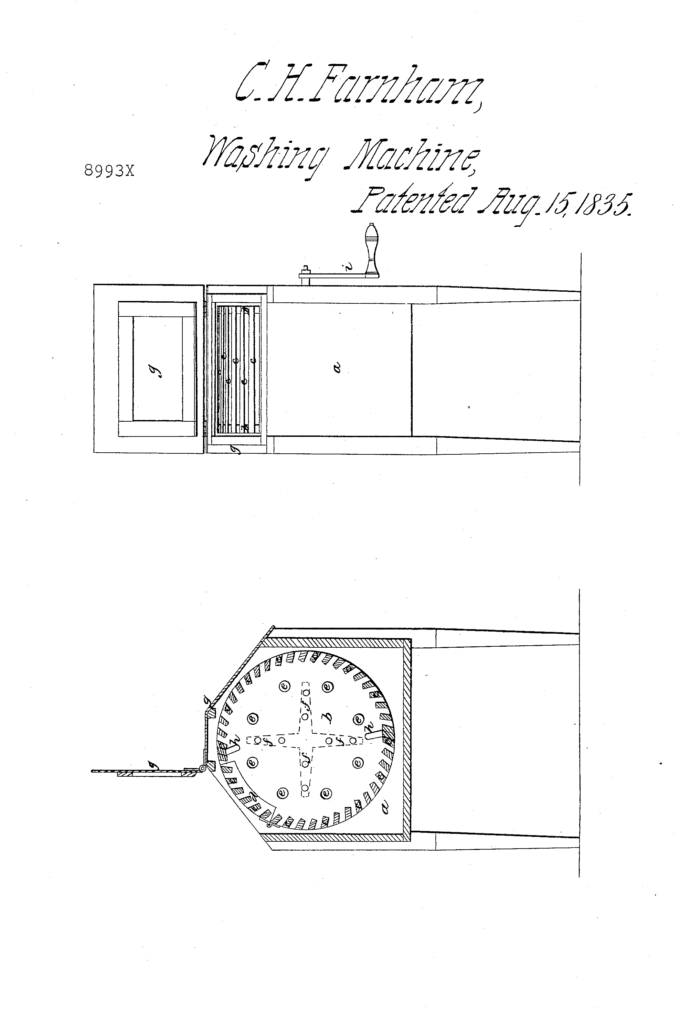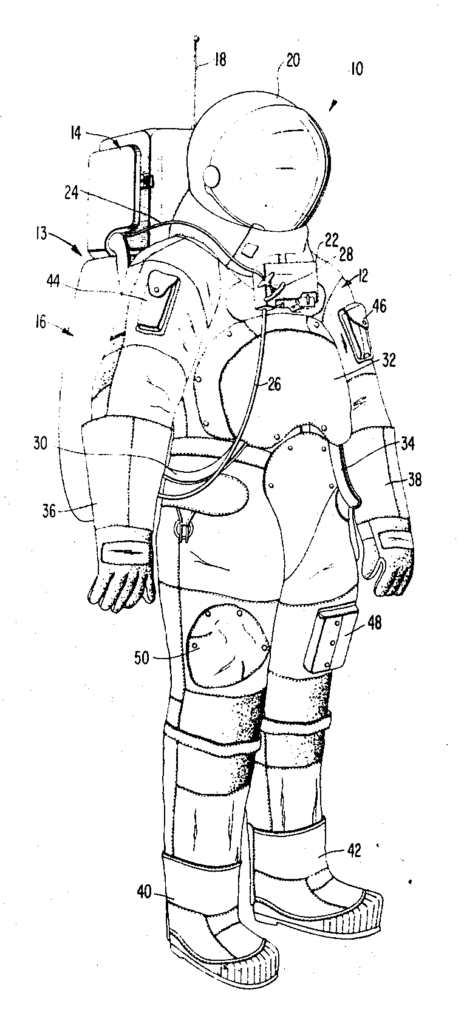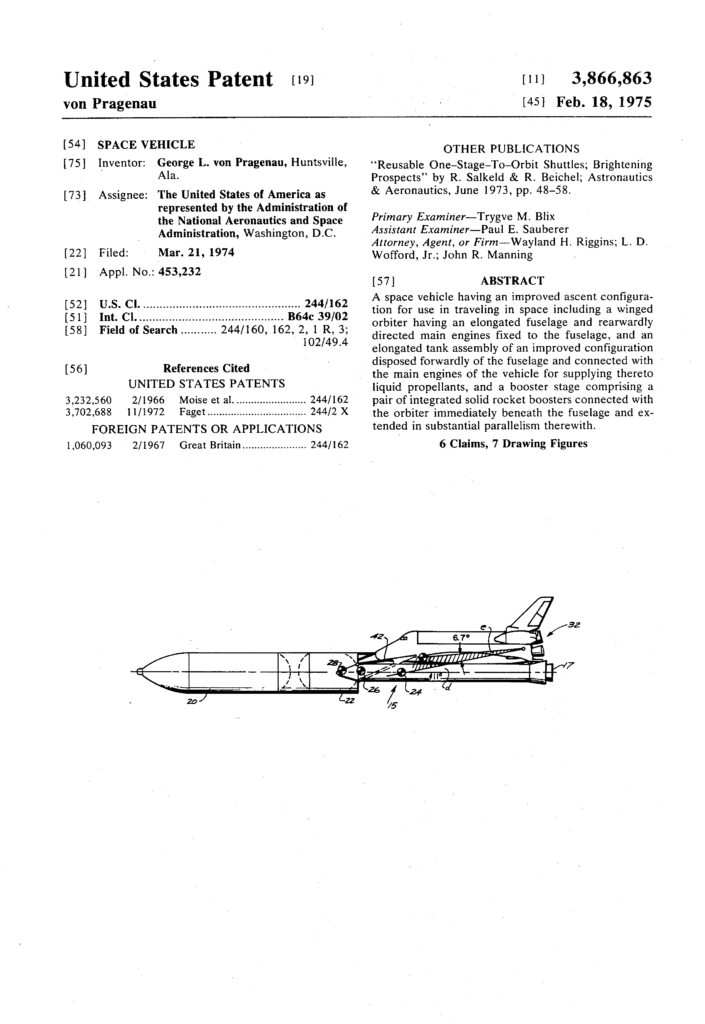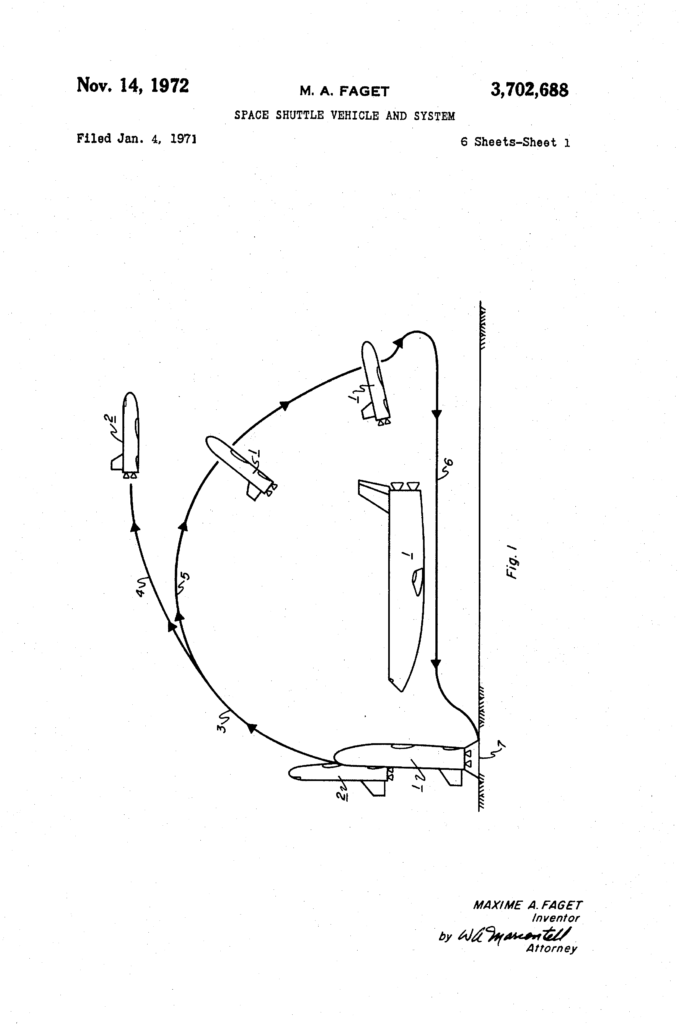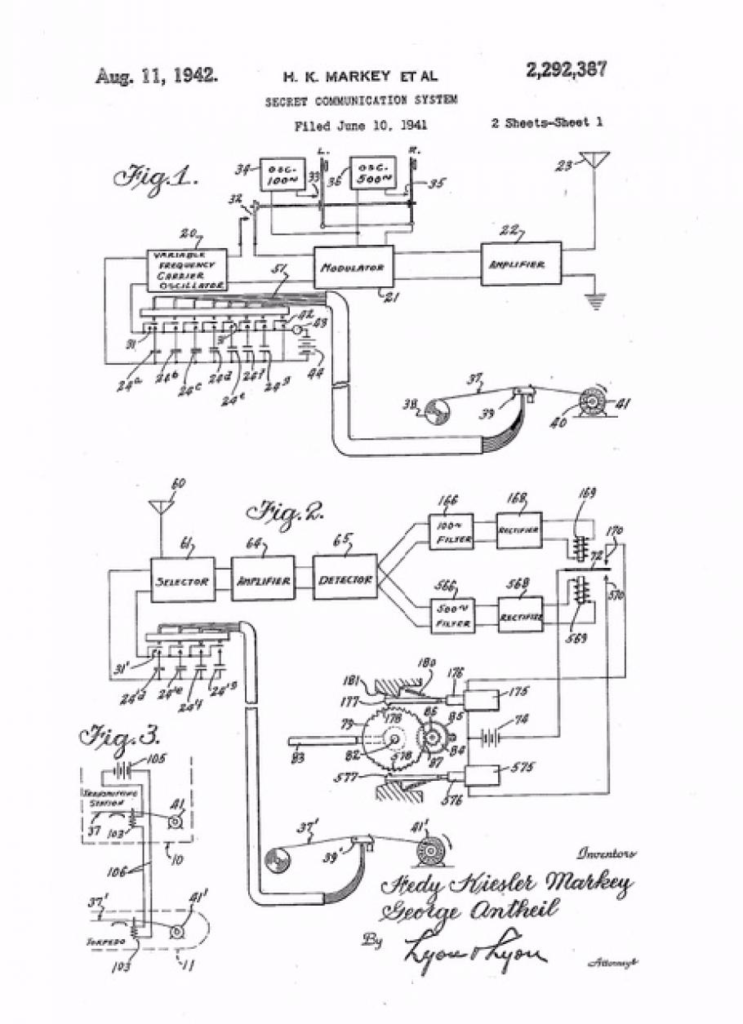On August 31, 1909, Benjamin Shibe received US Patent No. 932911 on a “base ball”:
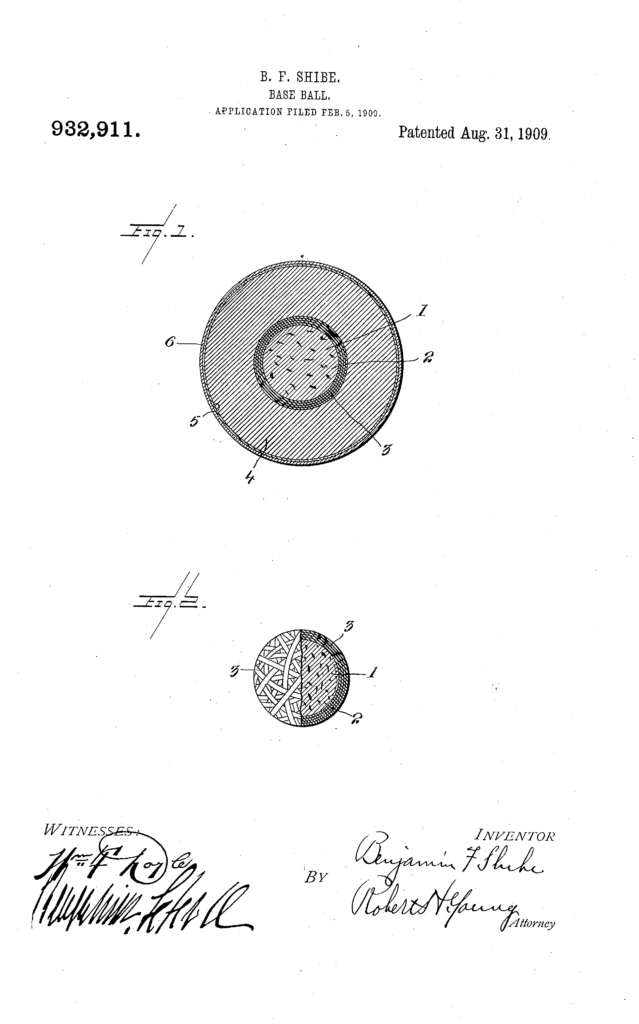
While perhaps the first patent on a baseball, this was not the first baseball. While legend suggests that baseball was invented by Abner Doubleday in Cooperstown, New York, during the summer of 1893, references to baseball-like games date back to the 1700’s. It is now believed that baseball was derived from various English bat and ball games, and originally exported to Canada.
In 1845, a group of New Yorkers founded the New York Knickerbocker club, and set the rules that are the basis for modern baseball. The first “official” game of baseball was played in 1846.
It wasn’t until John Maynard’s May 8, 1928, U.S. Patent No. 1,668,969, that baseballs assumed their current form











